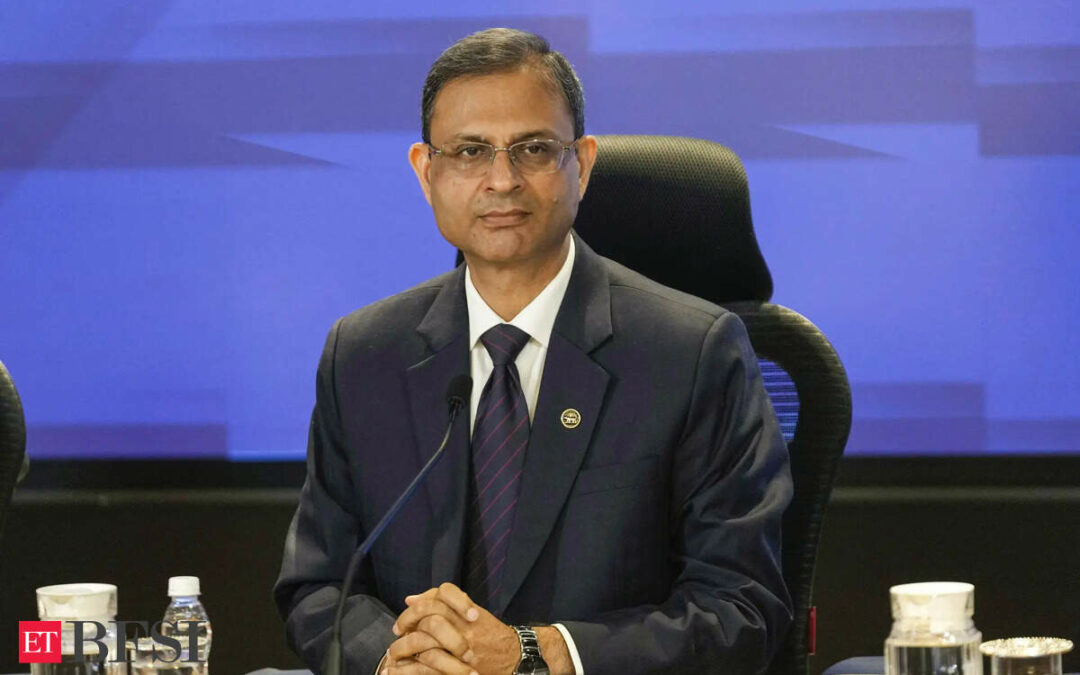The Reserve Bank of India’s (RBI) latest monetary policy announcements indicate a significant shift in its regulatory approach, focusing on easing liquidity concerns and deferring stringent compliance measures. The central bank’s decision to postpone key regulatory changes—such as the expected credit loss (ECL) framework, liquidity coverage ratio (LCR) norms, and project finance guidelines—offers relief to banks navigating a challenging economic environment.
New RBI Governor’s consultative approach
The regulatory stance under the new RBI governor appears more inclusive and consultative, with a focus on balancing financial stability with growth. The decision to delay potentially onerous regulations indicates a willingness to adapt policy measures in response to industry feedback and economic conditions.
Rate cut cycle begins
The RBI’s 25-basis-point repo rate cut marks the beginning of a rate-cutting cycle, albeit a shallow one, which could strain net interest margins (NIMs) for banks. Larger private banks are expected to face the highest NIM compression (15-17bps), while mid-sized banks may see a limited impact (3-5bps). Public sector banks (PSBs) could experience a 10-20bps hit, whereas some small finance banks may benefit from the shift.
Liquidity Coverage Ratio (LCR) norms deferred
The deferment of LCR guidelines comes as a relief amid prevailing liquidity tightness. The original proposal could have significantly constrained banks, with estimated impacts ranging from 7 percentage points (ppt) to 30ppt, particularly affecting small finance banks, mid-sized private banks, and PSBs. A phased implementation is now expected, allowing banks to adjust gradually.
ECL norms face further delays
The long-debated ECL framework remains pending, with additional delays expected. While this benefits PSBs and mid-sized banks carrying provision buffers, the delay raises concerns about the eventual burden when the norms are implemented.
Focus on mis-selling and regulatory arbitrageThe RBI has signalled closer scrutiny of mis-selling practices and regulatory gaps in banking subsidiaries and NBFCs. A consultative approach is expected, addressing potential conflicts of interest and regulatory arbitrage in financial conglomerates.
Project finance guidelines under review
The RBI has also delayed the implementation of new project finance guidelines, which could have slowed infrastructure lending due to increased provisioning requirements. The revised framework may include relaxations, particularly benefiting PSBs and NBFCs specializing in power and infrastructure financing.With liquidity concerns easing and compliance pressures postponed, the banking sector now awaits further clarity on how these regulatory changes will unfold in the coming months.











